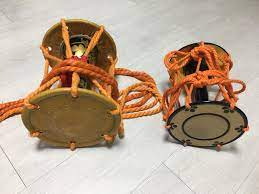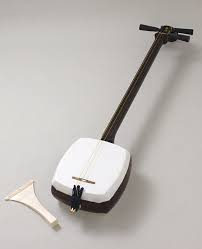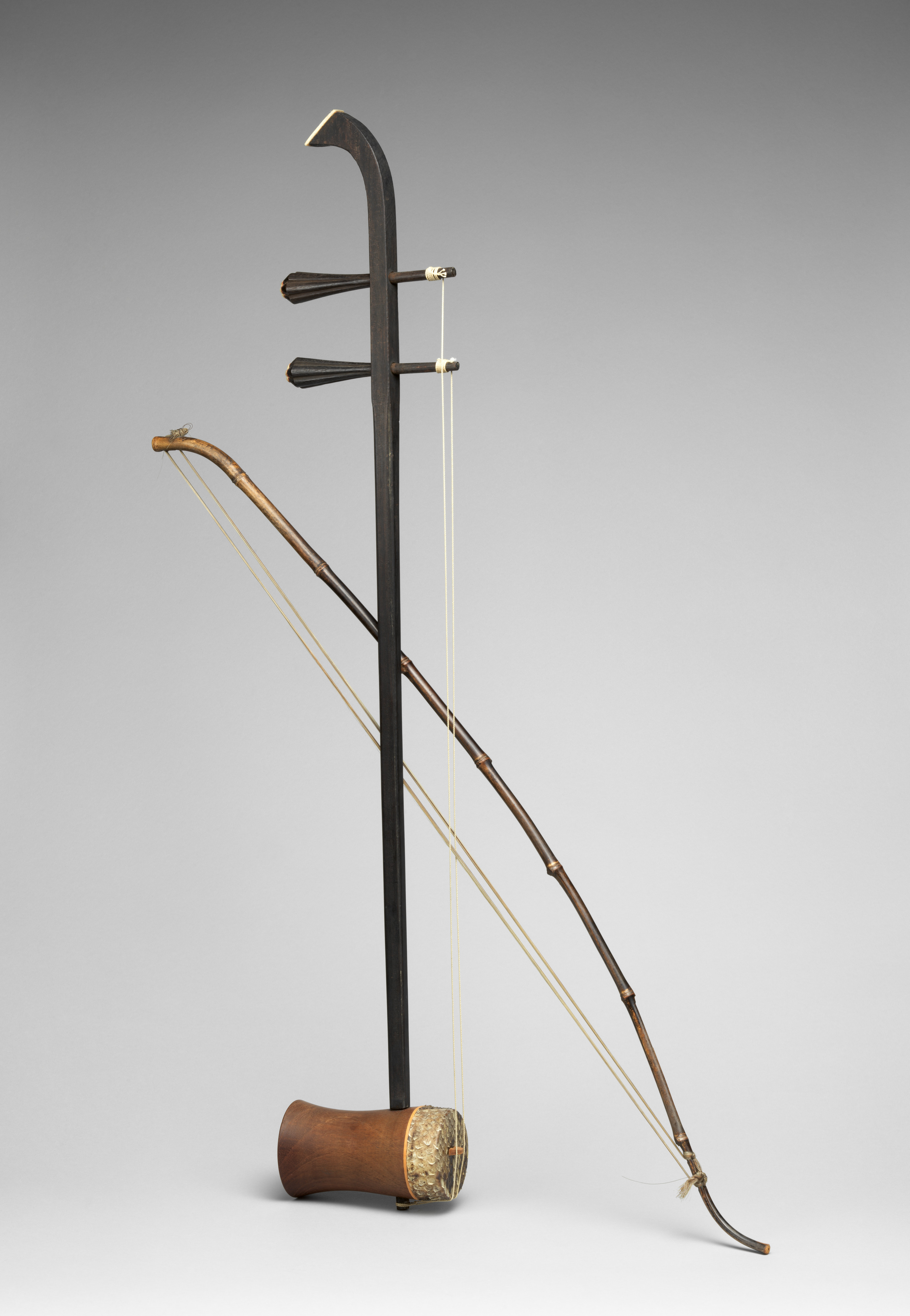Kabuki is a term you may have heard before in some form of media, or you might have heard of Kabuki masks. What you might not realize is that Kabuki is a form of traditional Japanese theater. Kabuki theater is one of the three major forms of classical theater in Japan. It traces back to the Edo Period of Japan (1603-1868), during the Genroku era where Japan was culturally isolated by the shogun. Art forms like Kabuki were created during this time as entertainment for the people who couldn’t find it elsewhere. As you will see, Kabuki is characteristically Japanese and expressive in nature because of this isolation.
Kabuki is all about showmanship and tends to be a very exaggerated art form. Everything including the costumes, make-up, wigs, movements, performance, music are all very stylistic and exaggerated. This exaggeration is necessary to convey the message of the play because they use an older form of Japanese which is hard to understand. This is similar to European theatre like Shakespeare being hard for us to understand because of the older version of English being used. The stages themselves are also complex, having revolving platforms and trapdoors for special effects. There is also a footbridge, known as a “hanamichi”, that leads through the audience, that the actors can walk across when their entering or exiting for an effect. Interestingly enough, Kabuki started with mostly female casts. Later, a restriction was placed that prevented them from participating in Kabuki. To this day, all of the members of Kabuki theater are male and there are specific male actors who specialize in female roles. Another unique aspect of Kabuki theater is the fact that they usually only show a part of a larger story. Therefore, it helps to know a little about the story being told beforehand. All of these elements are enhanced by the sections of traditional instruments being played to create the ambience or control the emotions of the audience.“Geza: Production and Music in Kabuki: Invitation to Kabuki.” Geza | Production and Music in Kabuki | INVITATION TO KABUKI, https://www2.ntj.jac.go.jp/unesco/kabuki/en/production/music2.html#:~:text=Geza%20is%20performed%20at%20the,and%20create%20on%2Dstage%20atmosphere.
“Kabuki.” Theater, https://www.japan-guide.com/e/e2090.html.
“Traditional Japanese Music.” Wikipedia, Wikimedia Foundation, 30 Apr. 2022, https://en.wikipedia.org/wiki/Traditional_Japanese_music#Kabuki.






